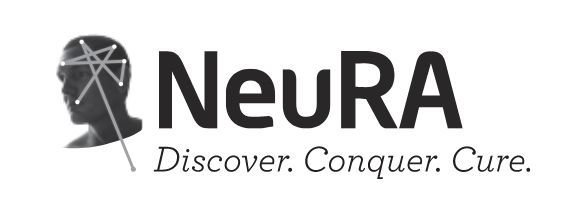Clinical practice guidelines are useful for clinicians as they summarise the available evidence about management of a health condition. A key feature that distinguishes evidence-based clinical practice guidelines is that the treatment recommendations are based on a synthesis of clinical research. Evidence-based clinical practice guidelines are defined as “statements that include recommendations, intended to optimise patient care, that are informed by a systematic review of evidence and an assessment of the benefits and harms of alternative care options” (Greenfield S et al (2011). Clinical Practice Guidelines We Can Trust. Washington, DC: Institute of Medicine).
One source of confusion for clinicians is when there are several guidelines on the same topic produced by different organisations that contain major differences in the treatment recommendations. Fewer, carefully developed guidelines are needed. When appraising guidelines it is important to look at the list of guideline panel members. Is the guideline produced by a multidisciplinary, representative group of organisations, academics, clinicians, policy-makers, and patients? Do these represent the full range of health professions involved in the management of the health condition?
Conflict of interest among those producing the guideline can introduce bias to the guideline development process. This includes panel members receiving industry funding or a guideline produced predominantly by a health profession likely to benefit from the increased demand generated by the guideline recommendations. To overcome this, guidelines should be produced by a panel that has very few conflicts of interest and explicitly report any conflicts of interest of the panel members. The presence of conflicts of interest is evaluated in the editorial independence domain of the AGREE II critical appraisal tool for guidelines.
The Appraisal of Guidelines for REsearch & Evaluation (AGREE) instrument was developed to help clinicians to evaluate the methodological rigor of guidelines. The second iteration of the AGREE instrument (called AGREE II) is currently in use. AGREE II is a 23-item checklist that includes items in the domains of: scope and purpose, stakeholder involvement, rigour of development, clarity of presentation, applicability, and editorial independence.
Two resources to help physiotherapists find evidence-based clinical practice guidelines are:
- The Physiotherapy Evidence Database (PEDro). In June 2019, PEDro indexed 679 guidelines, with links to the full guideline and companion documents.
- “A Collection of Clinical Practice Guidelines from 2010 to 2019” produced by the Journal of Physiotherapy. On 27 April 2019, this compilation included 63 guidelines, with links to a short appraisal and the full guideline.
Philip van der Wees provided a great overview of clinical practice guidelines in his presentation entitled “How to use evidence in the context of individual patients” from the “Application of evidence” session (FS-10) from the World Confederation for Physical Therapy Congress in Geneva in May 2019.
Your ability to read scientific articles reporting the results of evidence-based clinical practice guidelines will improve with practice. Make the commitment to read at least one article per month and share your reading with the global physiotherapy community in #MyPTArticleOfTheMonth.



